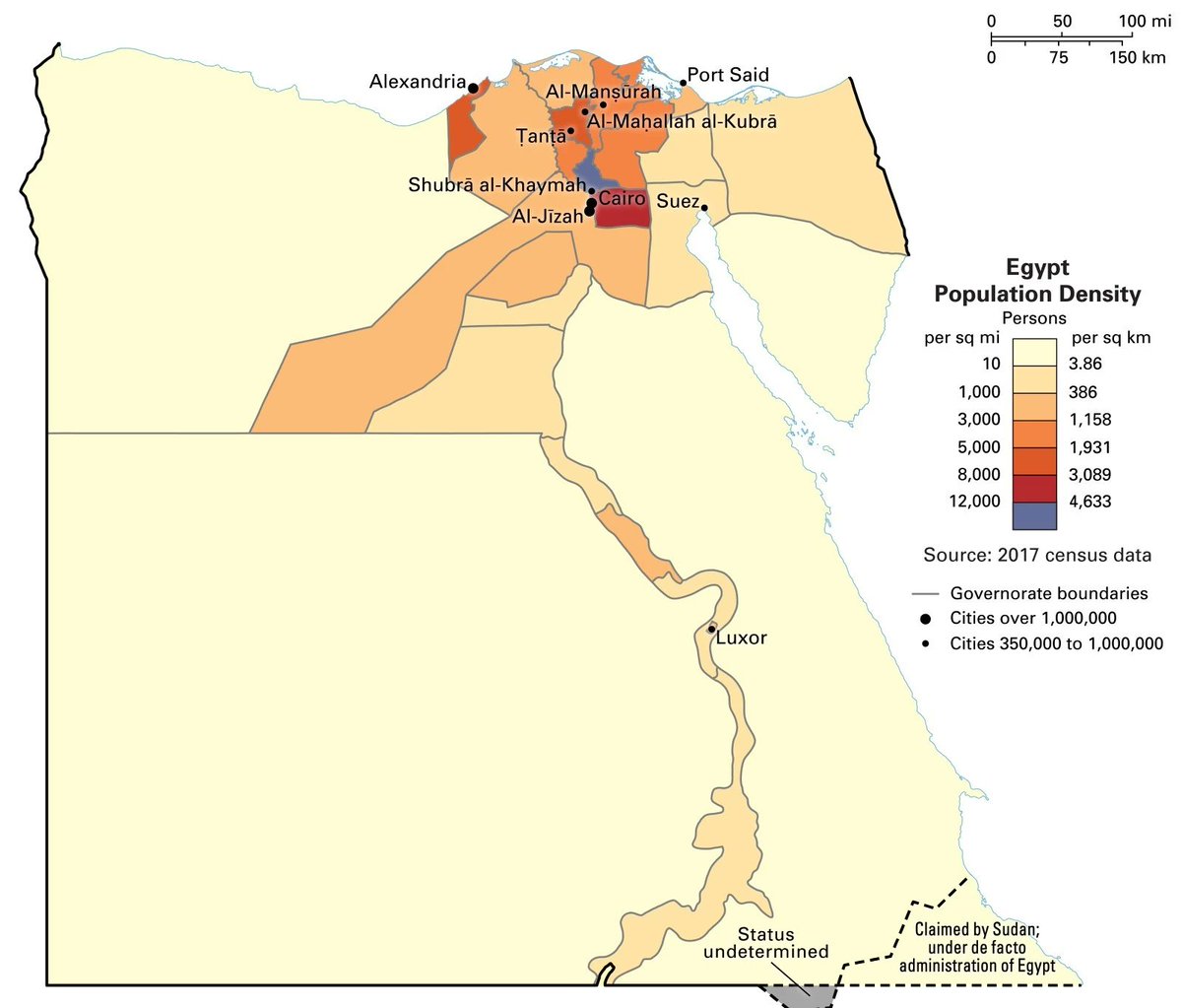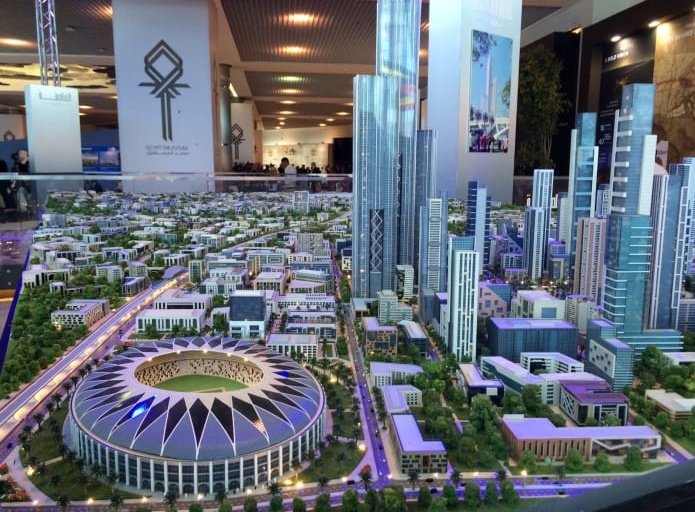
Motsepe's @CAF_Online revolution has been swift and efficient. Despite this, some still eoubt him.
Broadcast rights ✅
New sponsors ✅
#AFCON2021 ✅
Afcon revenues ✅
Viewership ✅
This is a thread on Motsepe's Revolution ⬇️
The Sky's The Limit 👆
📸 CAF I #SportsBiz
Broadcast rights ✅
New sponsors ✅
#AFCON2021 ✅
Afcon revenues ✅
Viewership ✅
This is a thread on Motsepe's Revolution ⬇️
The Sky's The Limit 👆
📸 CAF I #SportsBiz

When Patrice Motsepe ascended to power as the President of CAF on 12 March 2021, he could hardly have gone into the position at a worse time.
The federation was described as a holy mess bereft with corruption, infighting and in financial disarray
The federation was described as a holy mess bereft with corruption, infighting and in financial disarray
His biggest task was the state of broadcasting of football games and tournaments on the continent.
An Egyptian court scrapped a billion dollar deal that CAF had with exclusive agent for marketing and media rights, Lagardère as the deal had been concluded without any open tender
An Egyptian court scrapped a billion dollar deal that CAF had with exclusive agent for marketing and media rights, Lagardère as the deal had been concluded without any open tender
In a 2016 financial report, CAF stated that they expected equity to rise from $150 million to $290 million with the major beneficiaries being youth teams and women's football. 

The Lagardère loss was a hammer blow. Between 2019 and 2020, CAF suffered a $40 million drop in its reserves is projecting a net deficit of $13 million for 2021.
Motsepe got to work quickly and there were staff changes made soon after his arrival including the chief of staff
Motsepe got to work quickly and there were staff changes made soon after his arrival including the chief of staff
As part of his immediate plans at his introductory press conference Motsepe also highlighted the issue of corporate sponsors coming on board to bolster the finances of the federation and he has thus far delivered just that
A raft of sponsors were announced:
@binance - Cryptocurrency
@tiktok_ - Social media
@umbro - Apparel
@prudentialplc - Insurance
UCB - 'National Supporter'
📸 CAF
@binance - Cryptocurrency
@tiktok_ - Social media
@umbro - Apparel
@prudentialplc - Insurance
UCB - 'National Supporter'
📸 CAF

That the Afcon itself would happen was a show of just how determined and resolute the new regime is.
European clubs threatened to defy FIFA by insisting that their players would not be released in time for the tournament citing rising covid cases.
European clubs threatened to defy FIFA by insisting that their players would not be released in time for the tournament citing rising covid cases.

Motsepe and his team also resolved the broadcasting issue
In October 2021, CAF launched a a tender process and allowed companies to bid for rights to competitions such as Afcon 2021, Africa Women Cup of Nations 2022, the CAF Champions League 2022/23 and AFCON 2023 qualifiers
In October 2021, CAF launched a a tender process and allowed companies to bid for rights to competitions such as Afcon 2021, Africa Women Cup of Nations 2022, the CAF Champions League 2022/23 and AFCON 2023 qualifiers
Early in January, I had a conversation with @Lux_September, CAF Head of Operations and Media Relations who confirmed that "the tender is closed and winners have their deals"
In summary, there is no more middleman and rights are bought directly from CAF
In summary, there is no more middleman and rights are bought directly from CAF

The winning bidders were:
- SuperSport
- StarTimes
- ESPN
- Bandeirantes
- SportDigital
- BeIN
- Canal +
- BBC
- Sky
- Discovery
- Sportklub
- NNet
In addition, CAF streams matches via their YouTube channel, CAF TV, and cafonline.com
📸Jonathan Burton
- SuperSport
- StarTimes
- ESPN
- Bandeirantes
- SportDigital
- BeIN
- Canal +
- BBC
- Sky
- Discovery
- Sportklub
- NNet
In addition, CAF streams matches via their YouTube channel, CAF TV, and cafonline.com
📸Jonathan Burton

The increased coverage will also bode well for viewership numbers as the showpiece in Cameroon is beamed to millions of fans in 157 countries. In 2019, AFCON games accumulated over 78 million viewers across South Africa's free to air SABC as well as SuperSport
Data:BRC
Data:BRC

.@SABC3 had the lions share of viewers with 55.4% followed by SuperSport 4 with 33.25%.
The most watch game was the quarter final between Nigeria and South Africa which drew a whopping 5.8 million viewers, double that of the final between Senegal and Algeria.
📸Oliver Weiken
The most watch game was the quarter final between Nigeria and South Africa which drew a whopping 5.8 million viewers, double that of the final between Senegal and Algeria.
📸Oliver Weiken

Thats it for the twitter bit of the review, you can read the rest on the website ⬇️
Ps, if youre seeing my work for the first time, hit the follow button, I drop three sports business threads a week.
Cheers, until the next one
The Sky's The Limit 👆
cashnsport.com/post/motsepe-s…
Ps, if youre seeing my work for the first time, hit the follow button, I drop three sports business threads a week.
Cheers, until the next one
The Sky's The Limit 👆
cashnsport.com/post/motsepe-s…
Doubt* 🥲
• • •
Missing some Tweet in this thread? You can try to
force a refresh















